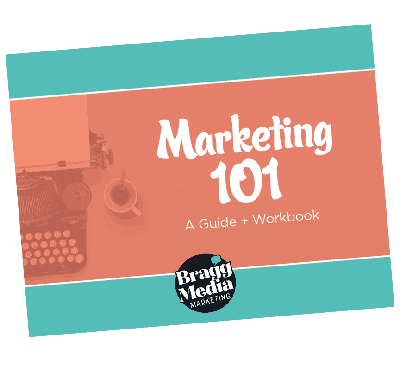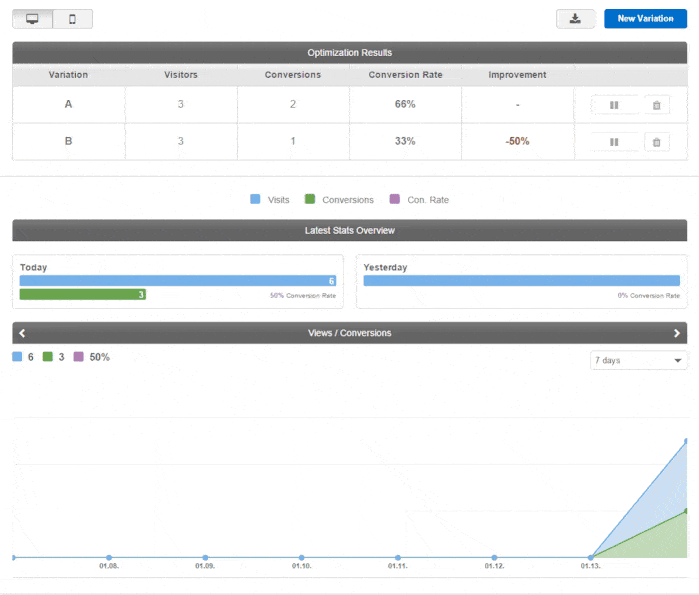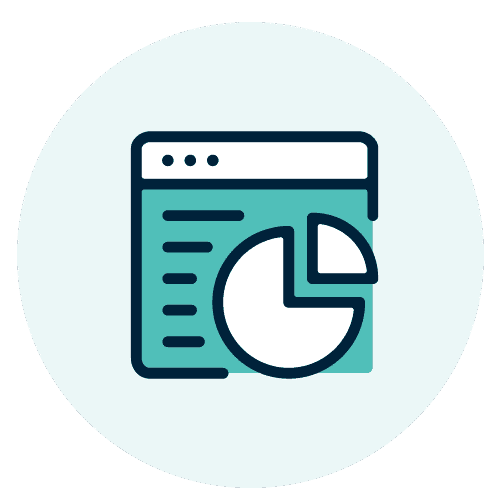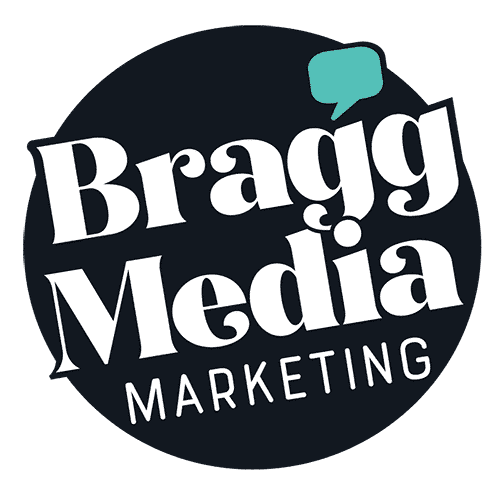
If you view the purpose of a website as a digital business card at best, allow us to introduce you to the world of inbound marketing. To compete in today’s ever-changing marketing landscape a website that actually works for your business by generating qualified leads requires a lot more than a static homepage with a few interior pages.
Inbound marketing emphasizes methods that encourage customers to contact your business on a regular basis by creating doors of opportunities that funnel back to your website through: well-researched cornerstone content pages, informative blogs, sign-up forms, downloadable ebooks, videos and e-mail automation.
The concept of inbound marketing websites are relatively new to the marketing world, but the data speaks for itself:
- Content marketing achieves three times more leads than paid advertising.
- Customers spend 50% of their time online engaging with custom content.
- Inbound Marketing can result in doubling the average website conversion rate from 6% to 12%
Free Interactive Workbook

No one wants to spend time or money on marketing efforts that don’t work! This marketing workbook and guide will help you develop a strategy that brings results!
An inbound marketing website will save you money.
%
Surveyed brands are planning to cut down on outbound marketing costs and allocate more budget for Inbound Marketing.
%
Inbound leads cost 61% less on average than outbound leads.
Businesses that mainly rely on Inbound Marketing save more than $14 for every newly acquired customer.
Gone are the days when businesses spent a majority of their marketing budget on pay per click ad campaigns to drive traffic to their websites. Today, marketers are looking at the inbound approach to cut costs.
How? Inbound websites maximize exposure through organic search engine results rather than traditional paid advertising.
Google is getting smarter at how they are indexing online information for users. They are ignoring — and in some cases downgrading — websites that are blatant sales machines in favor of real content that people crave. The idea is to develop a trusting relationship with customers by providing something of value — in this case, helpful information — that keeps them coming back for more.

An inbound marketing website has a good user experience.
It goes without saying all websites should have a responsive design. Meaning: the website automatically resizes to fit a variety of screens especially mobile devices. Well-researched, well-planned, well-organized and well-optimized inbound marketing websites have an intuitive online experience — almost answering the users’ questions before they ask.
The traditional marketing/sales funnel is moving away. Taking its place is the flywheel — a customer-centric model whereby attracting, engaging and delighting customers provides momentum for the flywheel to stay in constant motion. This is the purpose of an inbound marketing website: to be your 24/7 lead-generating marketing tool.
Why does this matter for the user experience? If the website has a point of friction — a slow response time, limited information, lack of convenient sign-up forms, etc. — the flywheel stops. That means generating new business stops, too. After all, who wants to come back to a website where you can’t find what you need?
%
A whopping 84% of audiences age 25 to 34 have left a favorite website due to intrusive advertising.
Inbound marketing encourages social interaction.
About 3.03 billion people are on social media around the globe.
Once an inbound marketing website has launched, traffic does not magically and instantly appear. The idea of inbound marketing is to create pathways to your website where your audience wants to be. In most cases, your audience can be found on Instagram, Pinterest, Facebook, LinkedIn, Snapchat, Twitter, MySpace … (just kidding on that last one).
A solid inbound website fully integrates with social media. This includes linking your website to all of your social media accounts and optimizing your website so when you share a link it looks sharp across all platforms. Remember: the idea is to keep your visitors engaged and delighted.
An inbound marketing website is search engine optimized.
%
Google is responsible for 94% of total organic traffic.
%
Search queries that are four words or longer.
Whenever Google changes its algorithm, critics pan the ubiquitous search engine as fickle and even anti-business. But for the end user, these changes have made finding what they want that much easier.
Content marketing is the foundation of the inbound marketing methodology — because it’s all about offering your audience helpful and valuable information in a strategic way.
 Website Design
Website Design
Affordable website design with a process that works for you.
Quality content is the future of long-term search engine optimization (SEO) because it includes:
- Research
- Statistics
- Expert tips
- Links to other online resources
- Links to other areas of your website
The strategy part of this scenario also is crucial to successful inbound websites — because it means you’re offering a targeted message to a targeted audience. That’s why inbound marketing professionals do keyword research before they even write the content for a new website.
An inbound marketing website has greater lead conversion.
Because inbound marketing websites feature content that is specific and useful for visitors to check out, visitors learn more about the topic they’re researching, discover more about your business and oftentimes visit the website multiple times. This is the ideal scenario for any business because it likely leads to sales and repeat customers.
Inbound websites are focused and purposeful at all times because the website nurtures the visitor at every stage of the buying cycle. In other words, an inbound site has a conversion opportunity on every page.
Properly executed Inbound Marketing tactics are 10 times more effective for lead conversion compared to outbound methods.
An inbound marketing website has automation baked in.
Free Weekly Email Series on Storytelling in Marketing
No matter where you’re at with your marketing — knowing how to tell an engaging story will shine a spotlight on your business and open up opportunities to develop long-lasting relationships in your community.
We have thrown in some language that might be confusing. Lead nurturing? Conversion opportunity?
When a new web visitor comes to an inbound website, the menu bar, the buttons, the graphics and even the footer leads the visitor where they want to be. Nurturing the lead means providing quality content when the web visitor (lead) needs it. Conversion opportunity is providing a method for the web visitor (lead) to access even more information. This can come in the form of a enewsletter sign-up, a call to action button or a landing page with a free ebook offer.
This is when marketing automation plays a significant role in inbound websites. Successful inbound marketing websites use platforms, such as Hubspot (our favorite), SalesForce, SharpSpring, iContact, MailChimp, Constant Contact, etc., to keep in touch with visitors at certain activity points.
For instance, after people sign up for a free ebook download, they are taken to a thank you page with the download. This action also triggers the website to send an automated e-mail with the download, as well as other opportunities for further engagement.
Let’s say someone is about to purchase a candle from a website — even placing it in the shopping cart — but for whatever reason, they stop short of payment. This action — or in this case, inaction — triggers your website to send an e-mail reminding them they left an item in their cart.
Marketing platforms run the gamut of functionality and price. The more robust platforms serve as all-in-one marketing machines:
- where you can track your leads with customer relationship management (CRM)
- where you can set up email automation and even one-time emails
- where you can schedule social media posts
- where you can track results (which leads us to the next benefit …)
An inbound marketing website measures results.
The basic tenant of an effective marketing plan is the marketing budget. But without evidence, how do you know where to spend your money?
Inbound marketing websites require monitoring the site’s metrics — such as number of visitors, number of inquiries, number of leads, high ranking pages, etc. — to make a well-informed decision about your marketing.
After all, why spend hours crafting a month worth of Facebook posts if they are not generating traffic back to your website? What if people aren’t signing up for the ebook because the headline isn’t engaging enough? By split testing and measuring the results, lead conversion will dramatically increase.

 Website Audit
Website Audit
How well do you know your website?
Companies that automate their lead nurturing cycle see a 10+% increase in revenue within 6 to 9 months.
An inbound marketing website will improve customer relationships.
What makes inbound marketing websites brilliant is that the entire methodology centers around turning a stranger into a visitor, into a lead, into a customer and into a promoter. Who better to tell the story of your business than a happy customer?
Inbound marketing improves overall customer relations because it emphasizes focused strategies that earn a person’s attention and trust. With more trust, a business will have more loyal customers. With improved customer relations, a business will see success in the present and in the future.
Inbound marketing websites take time and take an investment. But this effort is the difference between you paying for your website and your website paying you. Get started today with a free one-hour consultation with Bragg Media marketing agency!
